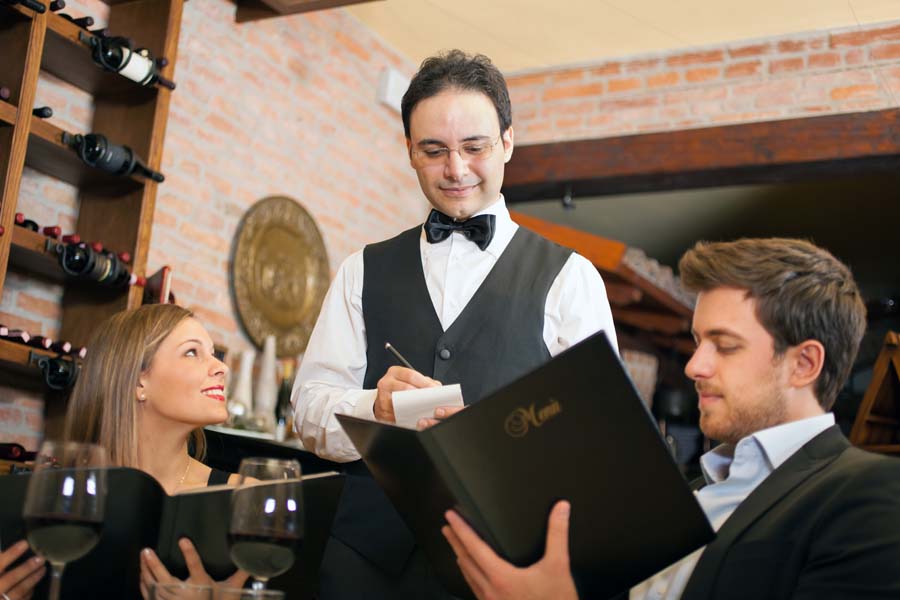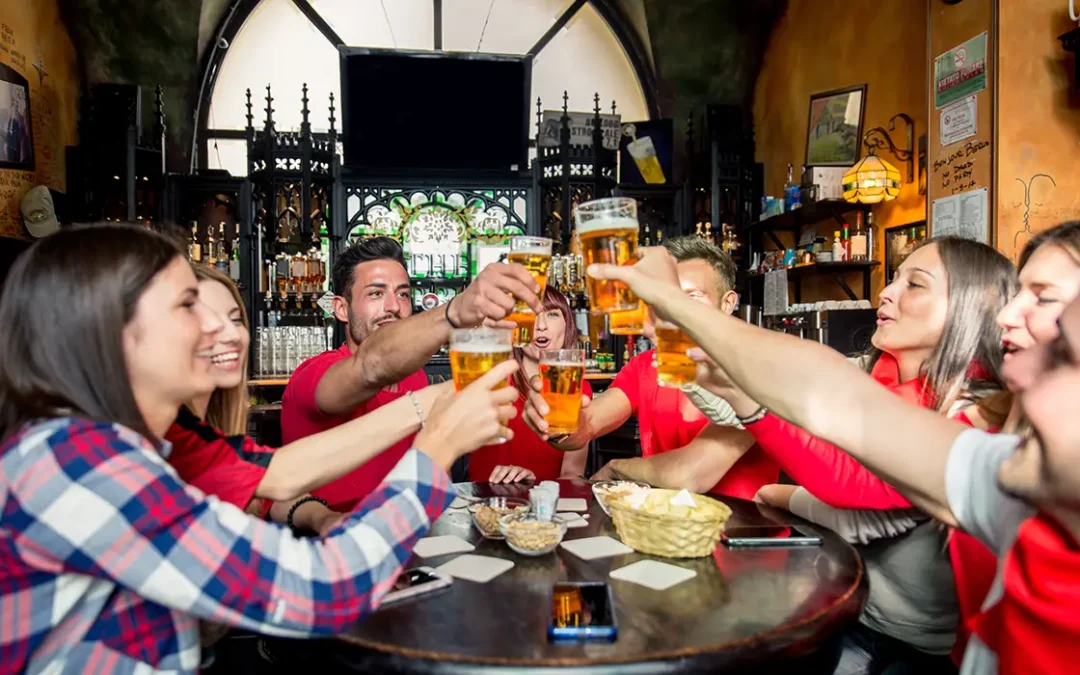While many managers simply use the retail approach to pricing – take the cost of the item and divide it by your target food cost percentage to arrive at the selling price (i.e. ingredients costs of $2.50 / food cost target of 35 percent = menu price of $7.19), this simple method often needs to be modified. Having a targeted food cost of 35 percent (or whatever your target is) is great. It just cannot be universally applied across all items on the menu. Knowing your product mix and trying to stay within a targeted overall check average will help you arrive at a more accurate restaurant menu pricing model.
Some parts of the menu (or specific items) will generate great food costs while others will be not-so-great. As long as the blended costs of all items sold falls within your range, start there. Gradually tweak the pricing to enhance the bottom line. Some items need to be priced at or near the competition – whether drinks or food items. Often, the food cost for those items will be higher than the target. Guests can easily compare the price of a burger or a grilled chicken sandwich so be competitive on those items. Gain additional food cost savings by pricing your signature and unique items a bit higher. Look at your side items – can you charge extra for the side salad or simply build it into the entrée price so the guest doesn’t see an add-on charge. Be creative!
Restaurant Menu Pricing: The Bottom Line
If 10 percent of guests pay 99 cents extra for a side salad, your check average increase is 9.9 cents. Provide the salad as part of the meal and raise the entrée price by 69 cents and you’ve increased check average by 69 cents. Selling 300 of these items per week raises your sales by over $10,000 per year versus the old pricing strategy (and the guest feels like they are getting a better value as the salad is included).
Get More Restaurant Marketing Tips
The restaurant marketing section of our blog is dedicated to helping you effectively promote your restaurant. Check it out!





